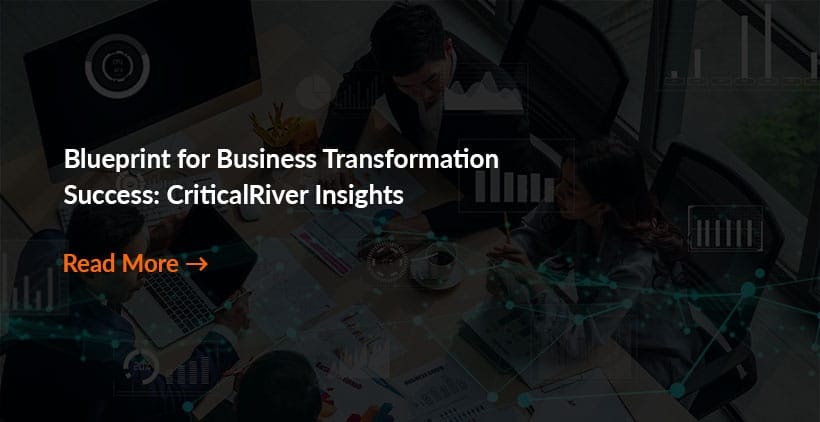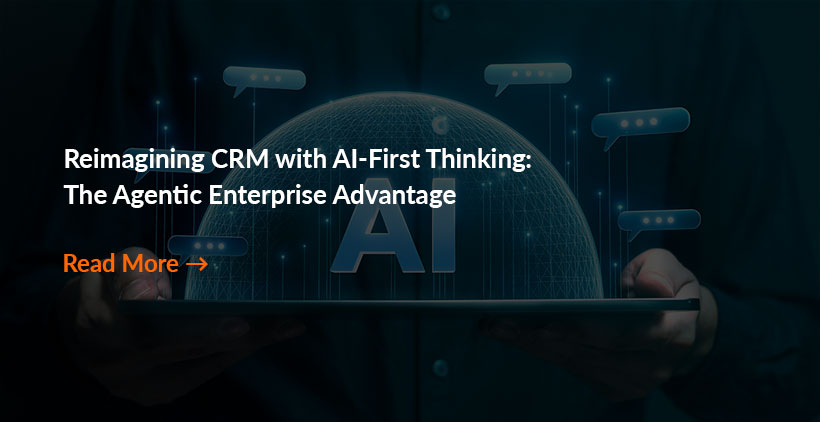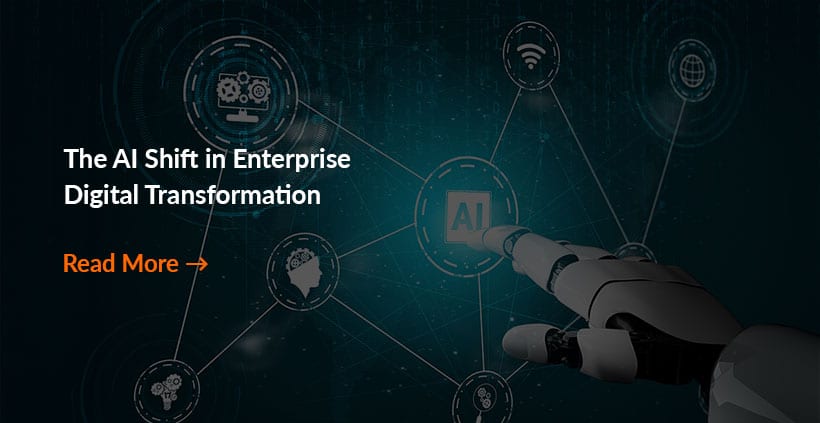
Organizations needing change the most are often the least capable of achieving it in the modern, dynamic business environment. This is not a structural paralysis but an inertia driven by years of subpar outcomes. Declining margins, skill gaps, resource constraints, and leadership misalignment only weaken the efforts toward purpose-led business transformation. While it may seem like an Achilles heel, deploying an effective change process that delights all stakeholders and nurtures sustained innovation is not unfeasible.
In CriticalRiver’s experience of working for transformations, these programs move through multiple horizons over the years. At every stage, they have a set of new goals, defined resource allocation, and investments for capacity building. While the context of every transformation is different, the focus stays on enhancing business models, refining digital enablement, and driving growth. The following principles guide our approach to business transformation success:

Continuous Transformation Mindset
Making changes for business process improvement is continuous, as transformation is not a static destination. Enterprises must stay agile and adapt to market dynamics and neverending technological upgrades. Companies must also run multiple transformation tracks simultaneously: IT stewards modernize infrastructure via cloud migration, the marketing hand of business rewrites brand stories, and the custodians of operations overhaul supply chains for sustainability. The key to success is building a culture where progressive change is normal and not feared. Organizations stay resilient and future-ready when continuous transformation is a mindset—rather than a milestone.

Cross-Functional Governance for Scalable Change
Effective transformation requires more than novel ideas—it demands unified execution. With a workforce distributed across IT, marketing, operations, finance, HR, compliance, and other functions, cross-functional governance helps to maintain a shared vision. It strengthens cohesive decision-making and keeps progress attuned to the company’s vision. Transforming organizations keep adopting technologies like AI, cloud-native platforms, and digital tools specific to their workflows, often making coordination between different teams complex. By establishing governance frameworks, they get a structure to align priorities, expedite decisions, avoid duplication, and facilitate seamless execution of transformation initiatives. A cohesive approach turns transformation from fragmented projects into scalable, enterprise-wide momentum with maximized impact at every level.

Payoff-Driven Execution with Agile Methodologies
In business transformation, initiatives that deliver tangible results prioritize end-user needs, iterative developments, rapid course corrections, and strategic adaptability. Even if benefits are incremental, organizations using agile methodologies can respond faster to market feedback and evolving customer needs. They avoid sticking to rigid plans, promote a test-learn-deliver culture with quick prototyping, and accelerate speed-to-value. Testing and making changes in smaller batches also address potential bottlenecks, reducing the threat of massive failures and costly rework. Complementing such practices with data-informed decision-making makes way for accurate prioritization and performance tracking, ensuring that initiatives stay anchored to business goals.

Technology and Architecture Modernization
When continual business transformation becomes a norm, technology modernization is not just an IT concern but a boardroom priority. Aging legacy systems, while functional, are usually monolithic and cannot match pace with the speed, scale, flexibility, and adaptability needed in a shifting digital environment. Modernizing these setups through re-platforming, refactoring, or replacing improves agility and reduces technical debt. The move to cloud-native architecture furthers digital capabilities by enabling real-time data access, elastic scalability, faster deployments, extensible microservices, and smooth platform integration. Simultaneously, optimizing other tools that drive automation, AI-powered analytics, AR-VR, digital twins, and API-based integrations – empowers teams to deliver more value faster. It’s not just about tech upgrades; it’s about rethinking how the organization works.

Customer Experience Integration Across Touchpoints
Consumers today expect a fluid, uniform experience where expectations are instantly fulfilled. Whether browsing a website on mobile, chatting with online support, or shopping in-store, they want uninterrupted continuity, personalized interactions, and immediate responsiveness. Businesses that treat touchpoints in isolation only fragment customer journeys and miss sales opportunities. Transformation leaders flip the script. Building upon their strengths in technology management, they invest in coordinated platforms, real-time data analytics, and user-friendly designs to create 360-degree experiences. From personalized content and intelligent recommendations to frictionless transitions between channels, they ensure that customer-centricity exists at every stage of transformation.

Risk Management and Regulatory Compliance Alignment
In their eagerness to transform, companies cannot overlook a critical factor: risk. Organizations deploying interconnected cloud systems and their data flows in multiple directions become more vulnerable to complex online threats. Implementing cybersecurity protocols, data privacy safeguards, and compliance frameworks must parallel innovation. Responsible companies weave risk management and regulatory adherence into the fabric of transformation. With robust cyber resilience and data privacy measures, they also build stakeholder trust, protect long-term business value, and gain the confidence to innovate boldly, knowing their foundation is secure.
From Ambition to Advantage: Making It Real
Tempting shortcuts often divert efforts back to square one in the race to transform. While periodic workarounds may result in short-term success, they also inject fragility into the system, delaying the future readiness companies seek.
Fundamental transformation comes when companies strategically rethink, rewire, and revamp their operations for tomorrow. As they break old patterns, embrace disciplined execution, and adopt future-fit fundamentals, businesses can embed environment-conscious sustainability all through their reinvented processes. The progress from ambition to advantage materializes for players who don’t chase trends but spearhead them by building an enterprise that thrives beyond today’s horizon.




